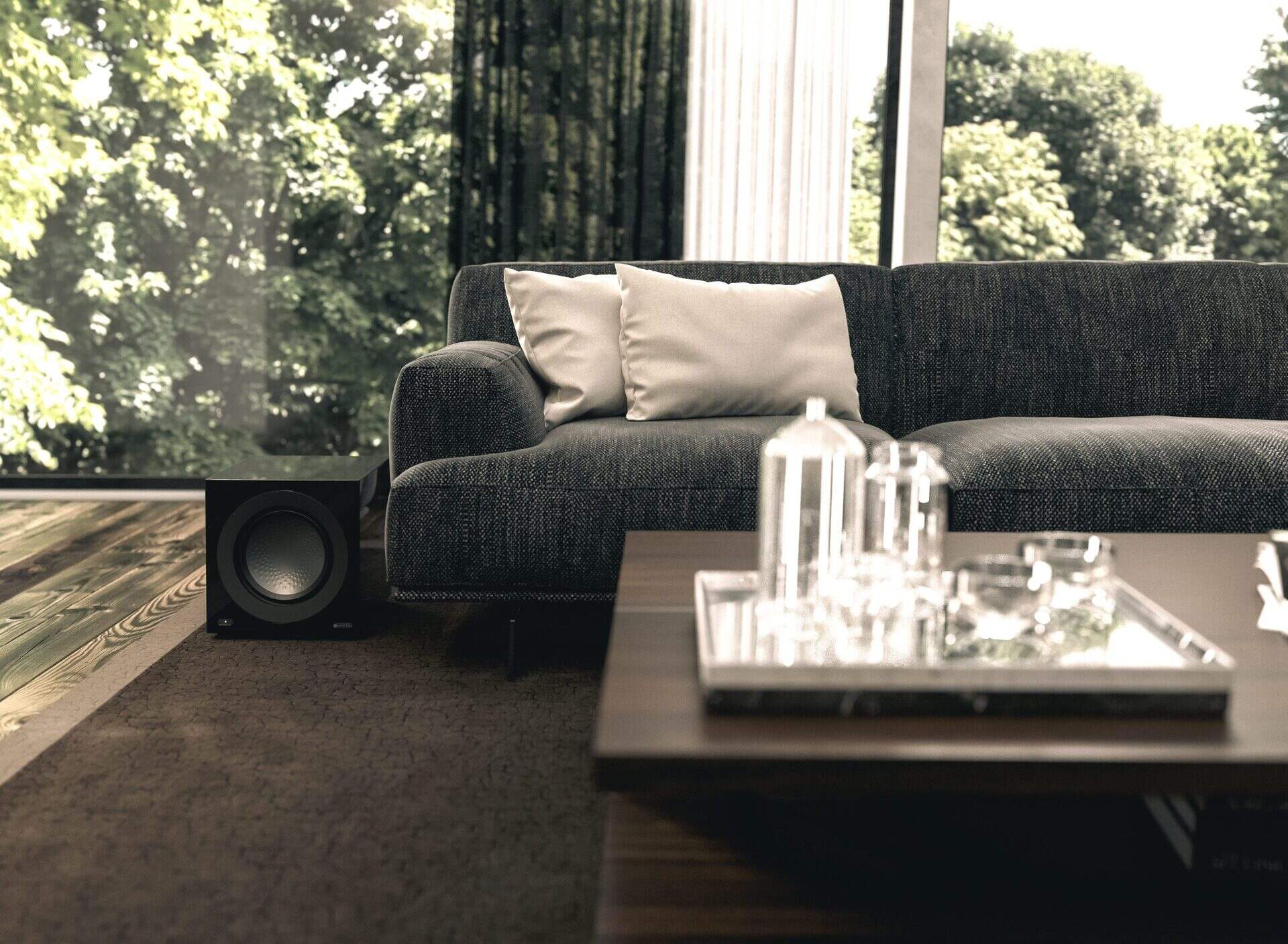

Articles
Where To Hide A Subwoofer In Living Room
Modified: January 6, 2024
Looking for clever ways to hide a subwoofer in your living room? Check out our articles for creative ideas and solutions to keep your subwoofer out of sight and maintain a clean aesthetic.
(Many of the links in this article redirect to a specific reviewed product. Your purchase of these products through affiliate links helps to generate commission for Storables.com, at no extra cost. Learn more)
Introduction
When it comes to creating the perfect audio experience in your living room, a subwoofer can make all the difference. A subwoofer is a specialized speaker that is designed to produce low-frequency sound, adding depth and impact to your music, movies, and games. However, one challenge that many homeowners face is how to hide the subwoofer in their living room without compromising the sound quality.
Fortunately, there are several creative solutions that allow you to conceal your subwoofer while still enjoying its powerful performance. Whether you have a sleek modern space or a cozy traditional living room, there are options to suit every style and layout. In this article, we’ll explore various ways to hide a subwoofer in the living room and achieve a seamless integration with your decor.
Before we delve into the different hiding options, it’s important to consider a few factors to ensure optimal performance. The placement of the subwoofer can impact its sound quality and how well it integrates with the rest of your audio system. Some things to consider include:
- The size and shape of your living room
- The location of other speakers in your audio setup
- The acoustics of the room
- The distance from the listening area
- Your personal preferences for bass levels
By taking these factors into account, you can make an informed decision about where to hide your subwoofer for the best audio experience. Now, let’s explore some of the top options for hiding a subwoofer in your living room.
Key Takeaways:
- Hiding a subwoofer in the living room can be achieved through creative solutions such as placing it behind the TV stand, inside a cabinet, underneath furniture, or even integrating it into a built-in wall or ceiling design. These options allow for seamless integration with the decor while maintaining powerful audio performance.
- Considerations such as room size, speaker placement, acoustics, and personal bass preferences are crucial when hiding a subwoofer. Experimenting with different placements and seeking professional guidance can help achieve the best audio experience while maintaining a clutter-free living room.
Read more: Where To Put Subwoofer In Living Room
Factors to Consider Before Hiding a Subwoofer in the Living Room
Before you start hiding your subwoofer, there are a few important factors to consider to ensure optimal performance and placement. By taking these factors into account, you can enjoy the best possible audio experience in your living room.
1. Room Size and Shape: The size and shape of your living room can significantly impact where you should place your subwoofer. Larger rooms may require more powerful subwoofers or multiple subwoofers to evenly distribute the low-frequency sound. Consider the dimensions and layout of your room to determine the best hiding spot.
2. Speaker Placement: If you have other speakers in your audio setup, such as front speakers or surround sound speakers, it’s important to consider their placement in relation to the subwoofer. Ideally, you want the subwoofer to be in close proximity to the other speakers to achieve a seamless and balanced soundstage.
3. Acoustics of the Room: The acoustics of your living room can affect how the soundwaves from the subwoofer interact with the room. Consider the materials of the walls, floors, and furniture in your room, as well as any sound-absorbing or reflective surfaces. Experiment with different placements and listen for optimal bass response and resonance.
4. Distance from Listening Area: The distance between the subwoofer and the listening area can impact the overall sound balance. If the subwoofer is too close, the bass may overwhelm the rest of the audio. Conversely, if the subwoofer is too far away, the bass may not be as impactful. Find a placement that balances proximity and immersion.
5. Personal Bass Preferences: Everyone has different preferences when it comes to bass levels. Some may enjoy deep and powerful bass, while others prefer a more subtle and balanced sound. Consider your personal preferences and adjust the placement and settings of your subwoofer accordingly.
By considering these factors, you can make an informed decision about where to hide your subwoofer in the living room. Now, let’s explore some of the top hiding options to seamlessly integrate your subwoofer with your decor.
Behind the TV Stand
A popular option for hiding a subwoofer in the living room is by placing it behind the TV stand. Most living rooms have a designated area for the TV and entertainment setup, and utilizing the space behind the TV stand can provide an inconspicuous hiding spot for your subwoofer.
If your TV stand has an open back or a hollowed-out portion, you can simply place the subwoofer inside the stand, ensuring that it doesn’t block any vents or obstruct the airflow. This allows the sound to travel freely while keeping the subwoofer out of sight. Additionally, if your TV stand has adjustable shelves, you can lower one shelf to create a dedicated space for the subwoofer.
If your TV stand doesn’t have a suitable space, you can place the subwoofer discreetly behind the stand itself. Make sure to leave enough clearance to prevent any rattling or interference with the sound. You can also use cable management solutions to hide the subwoofer’s power cord and audio cables for a neat and tidy appearance.
One advantage of hiding the subwoofer behind the TV stand is that it can help to create a centralized soundstage, especially if your front speakers are positioned near the TV. This placement ensures that the low-frequency sound blends seamlessly with the rest of the audio coming from the front speakers, enhancing the overall listening experience.
It’s important to note that the location of the subwoofer behind the TV stand may slightly impact the dispersion of the low-frequency sound waves. Experiment with different placements and listen for the optimal bass response in your living room. You may need to make slight adjustments to achieve the desired balance between bass impact and placement convenience.
Overall, hiding the subwoofer behind the TV stand is a practical and convenient option that allows you to maintain a clean and clutter-free living room while still enjoying the immersive bass experience from your subwoofer.
Inside a Cabinet or Entertainment Center
If you want a more hidden and seamless solution for hiding your subwoofer in the living room, placing it inside a cabinet or entertainment center is a great option. This approach allows you to keep the subwoofer completely out of sight while still maintaining its audio performance.
If you have a dedicated audio-visual cabinet or an entertainment center with adjustable shelves, you can create a designated space for the subwoofer inside. Measure the dimensions of your subwoofer and ensure that the available space is large enough to accommodate it without obstructing any internal components or air vents.
When placing the subwoofer inside the cabinet, make sure to position it in a way that allows the sound to escape and disperse effectively. Avoid placing it directly against the back panel or tightly against the side walls of the cabinet, as this can hinder the sound projection. Instead, leave some space around the subwoofer to allow for proper air circulation and sound distribution.
If your cabinet or entertainment center doesn’t have adjustable shelves, you can consider making some modifications to create a dedicated space for the subwoofer. You may need to drill holes or remove a section of the back panel to accommodate the subwoofer and ensure proper ventilation.
To further enhance the audio performance, consider adding acoustic foam or sound-absorbing materials inside the cabinet. This helps to minimize any potential resonance or unwanted vibrations that may affect the overall sound quality.
Another benefit of placing the subwoofer inside a cabinet or entertainment center is that it allows you to hide other audio equipment or accessories as well. You can neatly organize your audio receiver, streaming devices, and cable boxes within the cabinet, keeping the entire setup streamlined and clutter-free.
However, it’s essential to keep in mind that placing the subwoofer inside a cabinet may slightly impact its sound projection. The enclosed space can alter the acoustic characteristics, particularly the low-frequency response. Experiment with different placements within the cabinet and listen for the optimal bass performance.
Overall, placing the subwoofer inside a cabinet or entertainment center provides a discreet and stylish option for seamlessly integrating it into your living room decor. It keeps your subwoofer hidden while still delivering powerful and immersive bass for an enhanced audio experience.
Underneath a Sofa or Armchair
If you’re looking for a clever and space-saving way to hide your subwoofer in the living room, consider placing it underneath a sofa or armchair. This option not only keeps the subwoofer out of sight but also maximizes the available floor space in your living room.
To utilize this hiding method, you’ll need to choose a sofa or armchair that has enough clearance underneath to accommodate the subwoofer. Look for furniture pieces with higher legs or ones that have a gap between the base and the floor. This will allow you to slide the subwoofer underneath without causing any obstructions.
Measure the subwoofer to ensure that it will fit comfortably under your chosen sofa or armchair. It’s important to leave sufficient space for the subwoofer to breathe and for easy access to its controls, inputs, and power cords. If needed, you can use furniture risers or leg extenders to increase the height of your furniture and create more clearance for the subwoofer.
When positioning the subwoofer under the sofa or armchair, make sure to place it near the center or towards the front portion. This will help in maintaining a balanced sound distribution and prevent any unwanted vibration or rattling noises. Additionally, ensure that the subwoofer is secured in place and does not move around when the furniture is being used.
One advantage of hiding the subwoofer underneath a sofa or armchair is that it provides a unique bass experience. The soundwaves from the subwoofer bounce off the floor and disperse throughout the room, creating a more immersive and enveloping bass response. This placement can be particularly effective for home theater setups or dedicated listening areas.
However, it’s important to note that the bass response may vary depending on the type of flooring material in your living room. Hardwood or tiled floors tend to provide better bass projection compared to carpeted floors. Experiment with different positions and listen for the optimal bass performance in your specific room environment.
Remember to consider the height of the furniture when hiding the subwoofer underneath. If the furniture is too low or sits too close to the floor, it may dampen the bass impact. Choose furniture that strikes a balance between comfort, aesthetics, and practicality.
Overall, hiding the subwoofer underneath a sofa or armchair is a clever and efficient way to keep it concealed while still enjoying the powerful bass performance in your living room. It maximizes floor space and adds a unique touch to your decor.
Read more: How To Hide A Door In Living Room
Built-in Wall or Ceiling
If you prefer a more integrated and seamless look for your living room, consider incorporating the subwoofer into a built-in wall or ceiling design. This option allows you to completely hide the subwoofer, creating a clean and sophisticated aesthetic while maintaining excellent audio performance.
When opting for a built-in wall or ceiling design, it’s important to consult with a professional contractor or audio specialist to ensure proper installation and sound optimization. They can help you determine the best location for the subwoofer within the wall or ceiling, taking into consideration factors such as room acoustics and optimal bass response.
The process typically involves cutting into the drywall, creating a cavity to house the subwoofer. The subwoofer is then mounted securely within the wall or ceiling, and the opening is covered with a grille or mesh that allows the sound to pass through while concealing the subwoofer from view.
This hidden placement ensures that the subwoofer becomes an integral part of your living room’s architecture, blending seamlessly with the overall design. It also allows for more flexibility in terms of speaker placement and overall room layout.
One advantage of a built-in wall or ceiling design is that it provides a uniform distribution of bass throughout the room. The subwoofer’s position within the wall or ceiling allows for better bass dispersion and reduces the localization of low frequencies, resulting in a more immersive and balanced audio experience.
It’s important to note that a built-in wall or ceiling installation can be more complex and may require professional assistance. The installation process involves considerations such as wiring, structural support, and ensuring proper ventilation to prevent overheating. Consulting with an expert will ensure that the installation is done safely and effectively.
While a built-in wall or ceiling design offers a seamless and discreet hiding option for your subwoofer, the customization and installation process may require additional time and investment compared to other methods. However, the end result can be truly impressive and is especially suitable for those who value a minimalist and integrated living room aesthetic.
In summary, a built-in wall or ceiling design provides a sophisticated and visually appealing option to hide your subwoofer while maintaining excellent audio performance. Consult with professionals to ensure a seamless integration and a personalized listening experience in your living room.
Consider hiding the subwoofer behind furniture, such as a sofa or entertainment center, to minimize its visual impact while still allowing for optimal sound distribution in the living room.
In a Bookshelf or Decorative Storage Piece
If you’re looking for a stylish and functional way to hide your subwoofer in the living room, consider integrating it into a bookshelf or a decorative storage piece. This option not only conceals the subwoofer but also allows you to showcase your personal style and add an aesthetic element to your living room.
A bookshelf with adjustable shelves provides an ideal hiding spot for a subwoofer. Measure the dimensions of your subwoofer and adjust the shelf height accordingly to create a dedicated space for it. Make sure to leave enough clearance around the subwoofer for proper air circulation and sound distribution.
If you don’t have a bookshelf with adjustable shelves, you can utilize a decorative storage piece with internal shelves or compartments. Look for storage pieces with sufficient space and consider modifying the shelves if needed to accommodate the subwoofer. Ensure that the subwoofer is securely positioned within the storage piece to prevent any movement or vibrations.
To maintain a cohesive look, consider using matching or coordinating materials and finishes for the bookshelf or storage piece. This will help the subwoofer blend seamlessly with the rest of the furniture in your living room. Additionally, you can use cable management solutions to keep the power cord and audio cables organized and hidden from view.
One advantage of using a bookshelf or decorative storage piece to hide the subwoofer is that it allows for better bass dispersion. The shelves act as diffusers, helping to distribute the low-frequency soundwaves evenly throughout the room. This placement can result in enhanced bass response and a more immersive audio experience.
It’s important to note that the placement of the subwoofer within the bookshelf or storage piece may slightly impact the sound projection. Experiment with different positions and listen for the optimal bass performance. You may need to make adjustments to achieve the desired balance between aesthetics and audio quality.
Another benefit of integrating the subwoofer into a bookshelf or decorative storage piece is the added storage space or display area. You can use the shelves to showcase books, decorative items, or personal mementos, creating a visually appealing and functional focal point in your living room.
Overall, hiding the subwoofer in a bookshelf or decorative storage piece offers a creative and stylish solution for seamlessly integrating it into your living room. It allows you to keep the subwoofer out of sight while showcasing your personal style and adding a functional element to your space.
Inside a Coffee Table or Ottoman
If you’re looking for a unique and innovative way to hide your subwoofer in the living room, consider incorporating it into a coffee table or ottoman. This option not only keeps the subwoofer concealed but also allows you to maximize the functionality of your furniture while enjoying immersive sound.
Coffee tables or ottomans with built-in storage compartments provide an ideal solution for hiding a subwoofer. Look for furniture pieces with a spacious interior that can accommodate the subwoofer’s dimensions while still leaving enough room for proper airflow and sound dispersion.
To create a hidden subwoofer space within the coffee table or ottoman, you may need to make custom modifications or choose furniture specifically designed for audio integration. Ensure that the subwoofer is securely placed inside the compartment to prevent any movement or vibrations.
When positioning the subwoofer inside the coffee table or ottoman, consider the placement of other furniture and speakers in your living room setup. Aim for a placement that allows for balanced audio distribution and optimal bass response.
One advantage of hiding the subwoofer inside a coffee table or ottoman is the ability to centralize the bass and create a more focused and immersive listening experience. The proximity of the subwoofer to the seating area enhances the impact of low-frequency sound, making movies, music, and games more captivating.
Additionally, using a coffee table or ottoman with a hidden subwoofer compartment provides functionality beyond audio integration. It offers extra storage space for blankets, remotes, magazines, or other small items, reducing clutter in your living room and maximizing the utility of your furniture.
It’s important to note that the sound projection and dispersion may vary depending on the construction materials of the coffee table or ottoman. Upholstered furniture pieces may slightly affect the bass response compared to those made of solid materials like wood or metal. Experiment with different placements and listen for the optimal bass performance in your specific room environment.
Overall, hiding the subwoofer inside a coffee table or ottoman offers a creative and functional solution that seamlessly integrates audio technology into your living room furniture. It allows you to enjoy immersive sound while maximizing the usefulness and style of your space.
Behind or Below Furniture
If you’re looking for a simple and discreet way to hide your subwoofer in the living room, consider placing it behind or below existing furniture. This option allows you to keep the subwoofer out of sight while still maintaining its audio performance.
When hiding the subwoofer behind furniture, choose pieces that have a solid back or are positioned against a stable wall. This will provide a protective barrier and prevent any unwanted movement or vibrations. Simply position the subwoofer discreetly behind the furniture, making sure it is secure and doesn’t obstruct any vents or speakers.
Alternatively, you can place the subwoofer below furniture, such as a sofa or console table. Measure the dimensions of the subwoofer and ensure that there is enough space underneath the furniture for proper clearance. This hiding method not only conceals the subwoofer but also helps to distribute the low-frequency soundwaves more evenly throughout the room.
When positioning the subwoofer behind or below furniture, consider the impact on sound dispersion. The furniture can either reflect or absorb the low-frequency sound, which may affect the overall bass response. Experiment with different placements and listen for the optimal audio balance in your living room.
One advantage of hiding the subwoofer behind or below furniture is that it allows for easy access and adjustment. You can easily access the controls and inputs of the subwoofer without moving or rearranging the furniture. This makes it convenient to fine-tune the bass levels to suit your preferences.
Keep in mind that the placement of the subwoofer behind or below furniture can slightly impact the bass projection and may require some adjustments to achieve the desired sound quality. It’s important to experiment with the placement and listen for the optimal bass performance in your specific room environment.
Overall, hiding the subwoofer behind or below furniture offers a simple and effective solution to keep it concealed while still enjoying its powerful sound. It allows you to maintain a clean and clutter-free living room while enhancing your audio experience.
Read more: How To Hide Speakers In Living Room
In a Dedicated Subwoofer Enclosure
If you’re looking for the ultimate solution to hide your subwoofer in the living room while optimizing its audio performance, a dedicated subwoofer enclosure is the way to go. This option not only conceals the subwoofer but also enhances its bass response and ensures optimal sound quality.
A dedicated subwoofer enclosure is specifically designed to house the subwoofer and provide controlled air space for optimal performance. These enclosures can come in various forms, including sealed enclosures and ported enclosures, each offering different characteristics in terms of bass response.
Sealed enclosures provide a tight and accurate bass response, while ported enclosures enhance low-frequency output by utilizing tuned ports. The choice between sealed and ported enclosures depends on your personal preferences and the specific characteristics of your subwoofer.
When using a dedicated subwoofer enclosure, it’s important to ensure proper placement and installation. Follow the manufacturer’s instructions and recommendations for mounting the subwoofer within the enclosure. This will ensure that it is securely installed and properly aligned for optimal sound production.
One advantage of using a dedicated subwoofer enclosure is that it helps to isolate the sound produced by the subwoofer. By enclosing the subwoofer, you can prevent any interference or resonance from other objects in the room, resulting in cleaner and more accurate bass reproduction.
Furthermore, a dedicated subwoofer enclosure provides added flexibility in terms of placement. Depending on the design of the enclosure, you can position it in various locations within the room to achieve the best bass response. Experiment with different placements to find the optimal spot that complements your living room layout and acoustics.
It is worth noting that dedicated subwoofer enclosures are typically larger and take up more space compared to other hiding options. Therefore, it’s important to consider the available floor or wall space in your living room before opting for this solution.
In summary, a dedicated subwoofer enclosure offers a high-quality and optimized solution for hiding your subwoofer in the living room. It not only conceals the subwoofer but also enhances its bass performance and allows for precise customization of sound. Consider this option if you prioritize audio quality and want to create a dedicated bass listening experience in your living room.
Conclusion
Hiding a subwoofer in the living room can be a challenge, but with the right approach, you can seamlessly integrate it into your decor while still enjoying its powerful performance. By considering factors such as room size, speaker placement, acoustics, and personal preferences, you can make informed decisions about where to hide your subwoofer for the best audio experience.
We’ve explored various hiding options, each offering its own advantages and considerations. Behind the TV stand, inside a cabinet or entertainment center, underneath a sofa or armchair, in a built-in wall or ceiling, inside a bookshelf or decorative storage piece, within a coffee table or ottoman, behind or below furniture, and in a dedicated subwoofer enclosure. These options provide a range of possibilities to suit different room layouts, aesthetics, and audio preferences.
Remember, while concealing your subwoofer is important for maintaining a clean and clutter-free living room, it’s equally crucial to consider the impact on sound quality. Take the time to experiment with placements, adjusting for optimal bass response and ensuring proper airflow, to achieve the best possible audio experience.
Ultimately, the goal is to strike a balance between hiding the subwoofer and preserving its audio performance. Whether it’s creating a centralized soundstage, enhancing bass dispersion, or seamlessly blending the subwoofer with your furniture, there are options to suit every taste and style.
Consult with professionals if needed, such as contractors or audio specialists, to ensure proper installation and sound optimization. They can provide expert guidance tailored to your specific living room setup and help you achieve the desired audio results.
With careful consideration and creativity, you can successfully hide your subwoofer in the living room, maximizing both visual appeal and audio enjoyment. So, go ahead and transform your living room into a haven of immersive sound while maintaining a stylish and clutter-free space.
Frequently Asked Questions about Where To Hide A Subwoofer In Living Room
Was this page helpful?
At Storables.com, we guarantee accurate and reliable information. Our content, validated by Expert Board Contributors, is crafted following stringent Editorial Policies. We're committed to providing you with well-researched, expert-backed insights for all your informational needs.
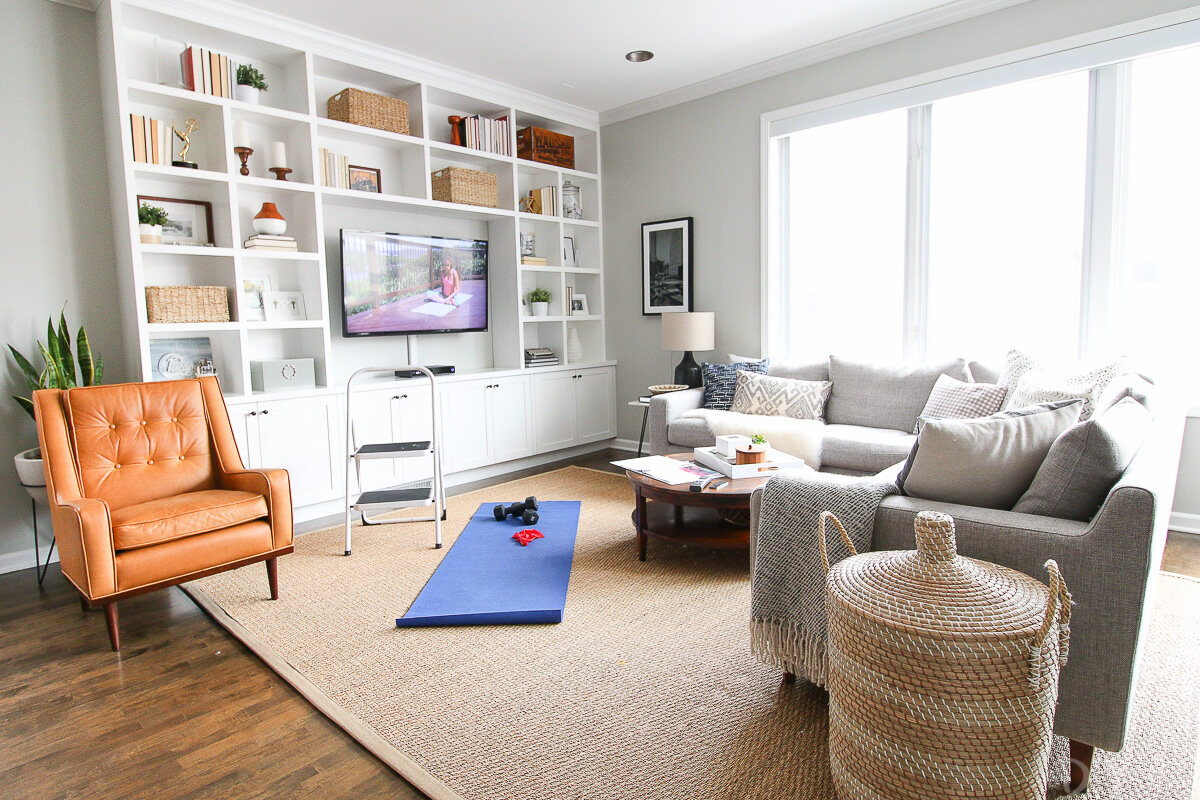
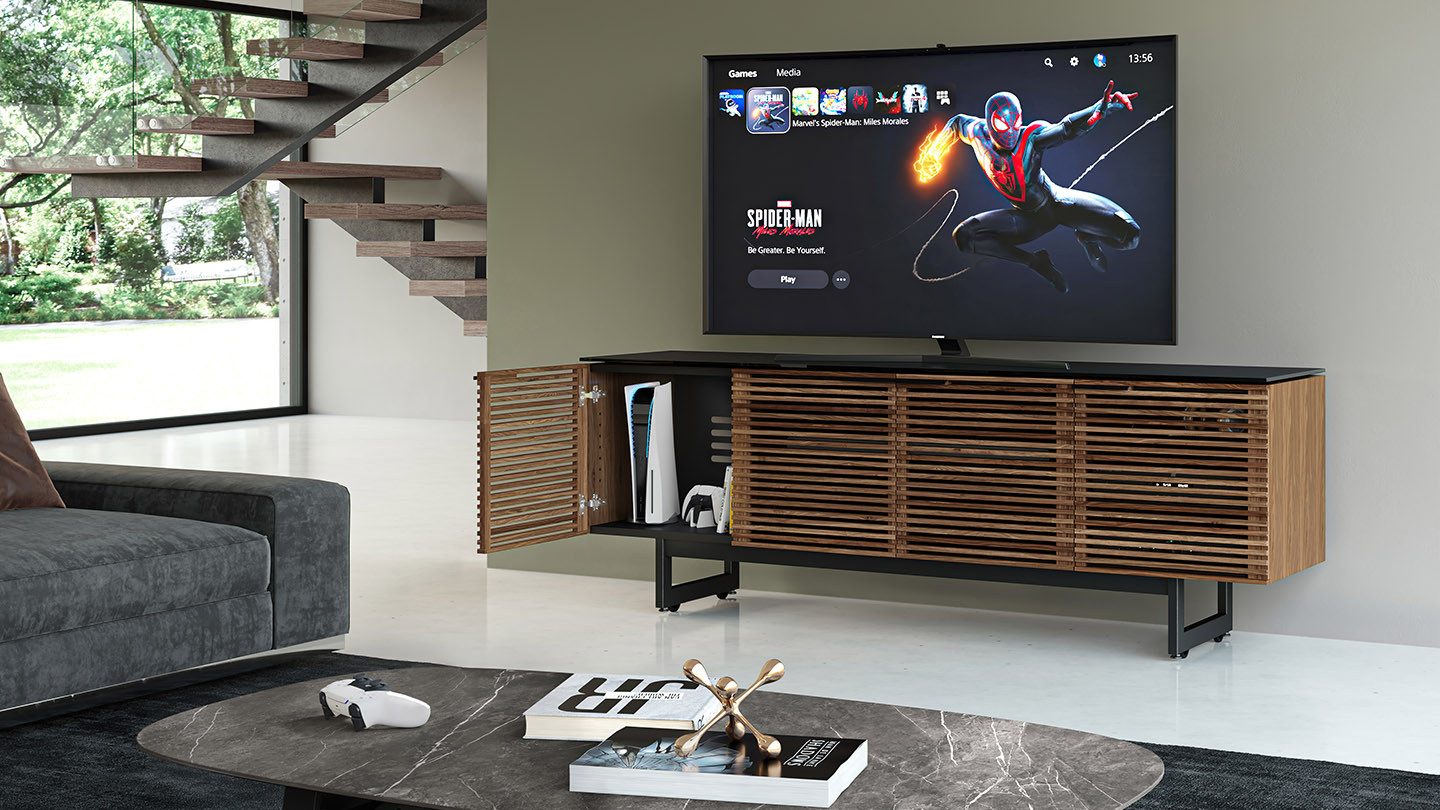
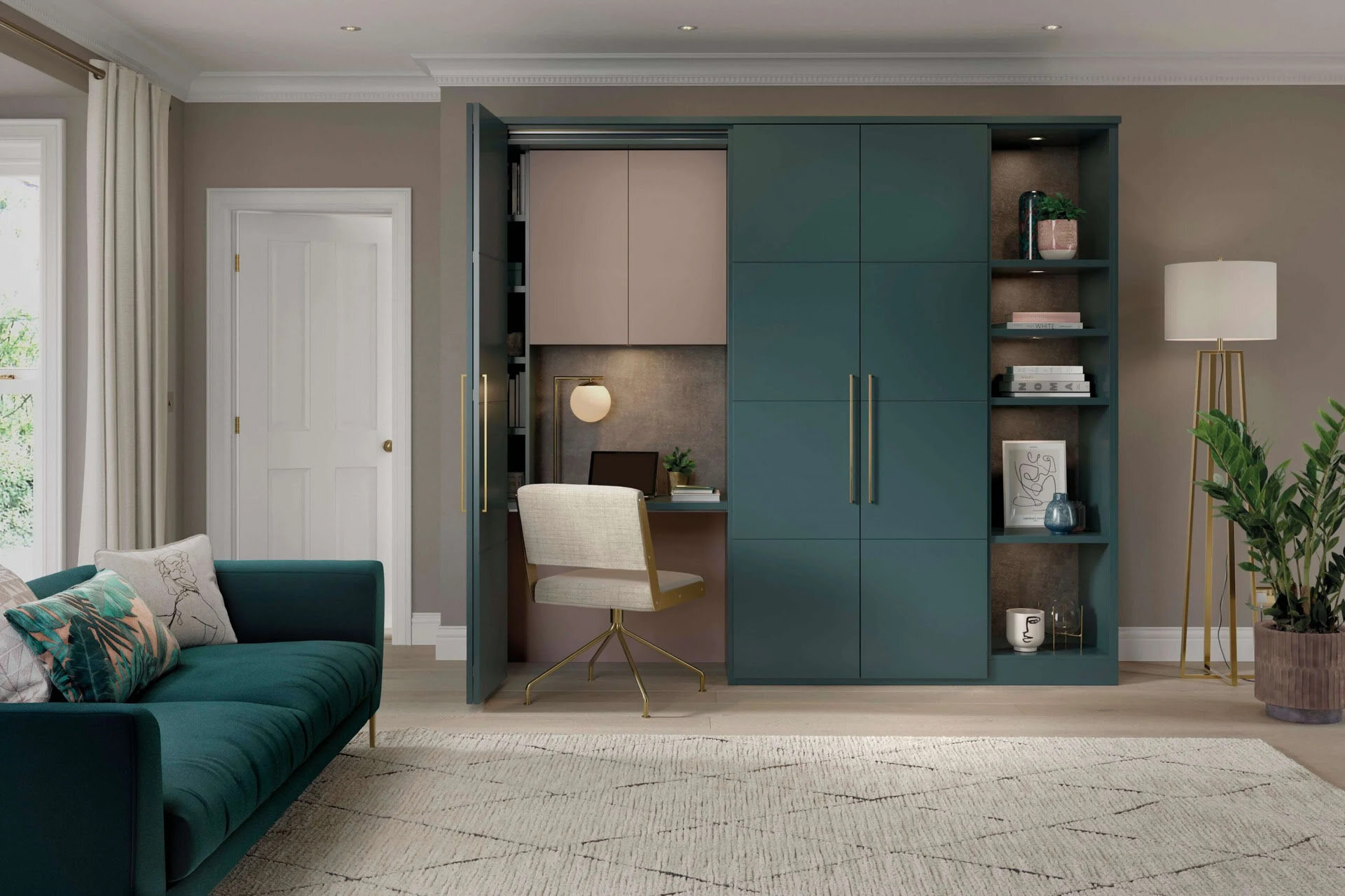
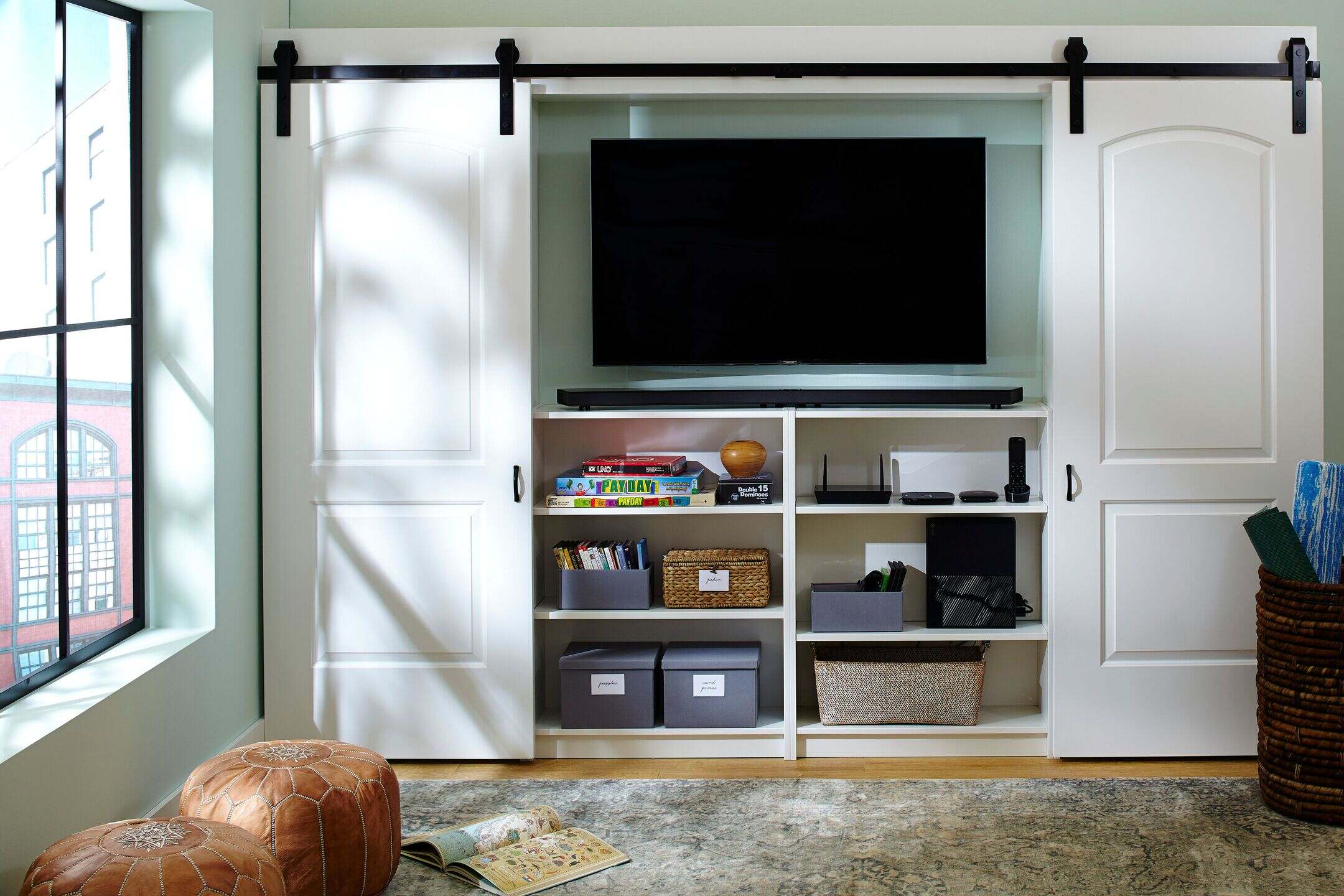
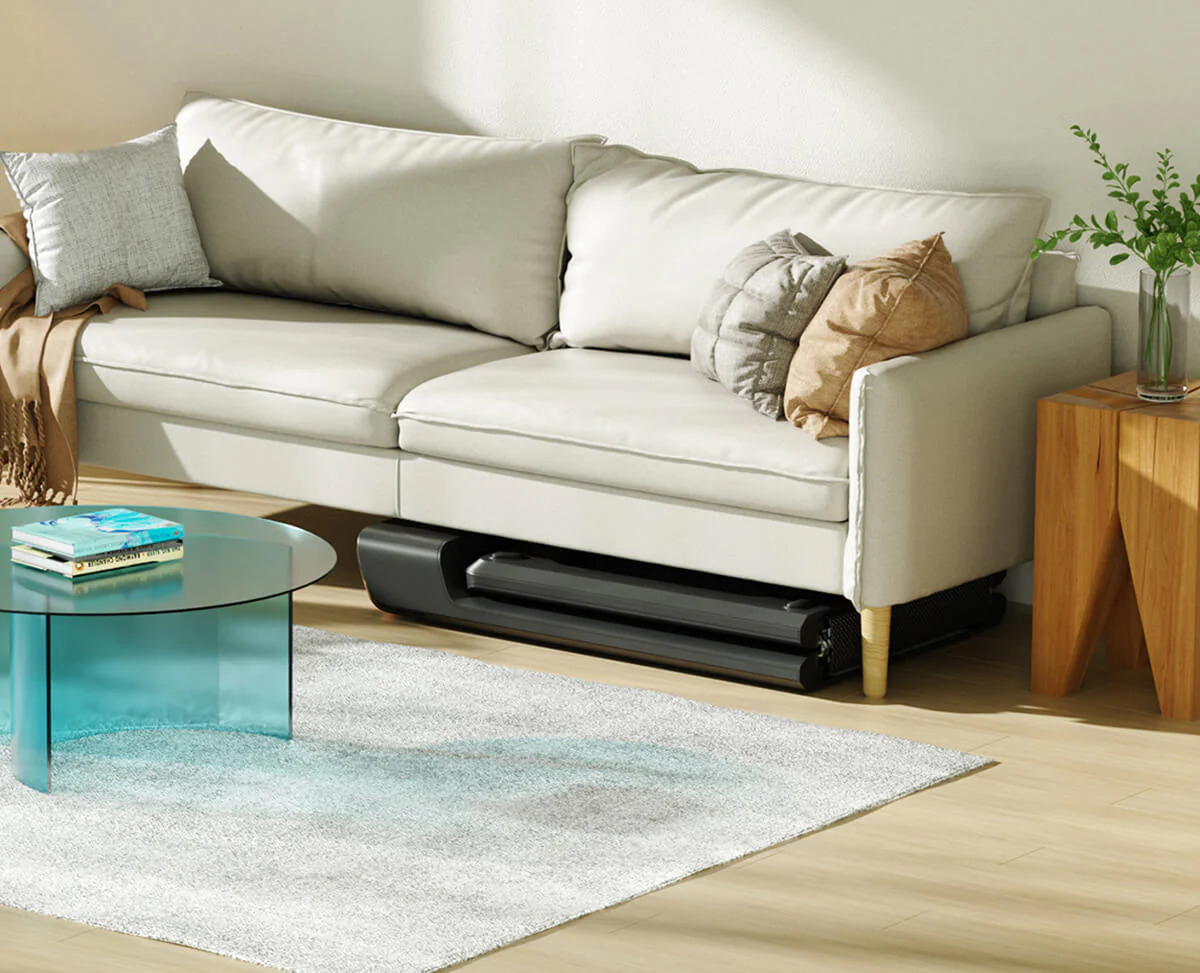
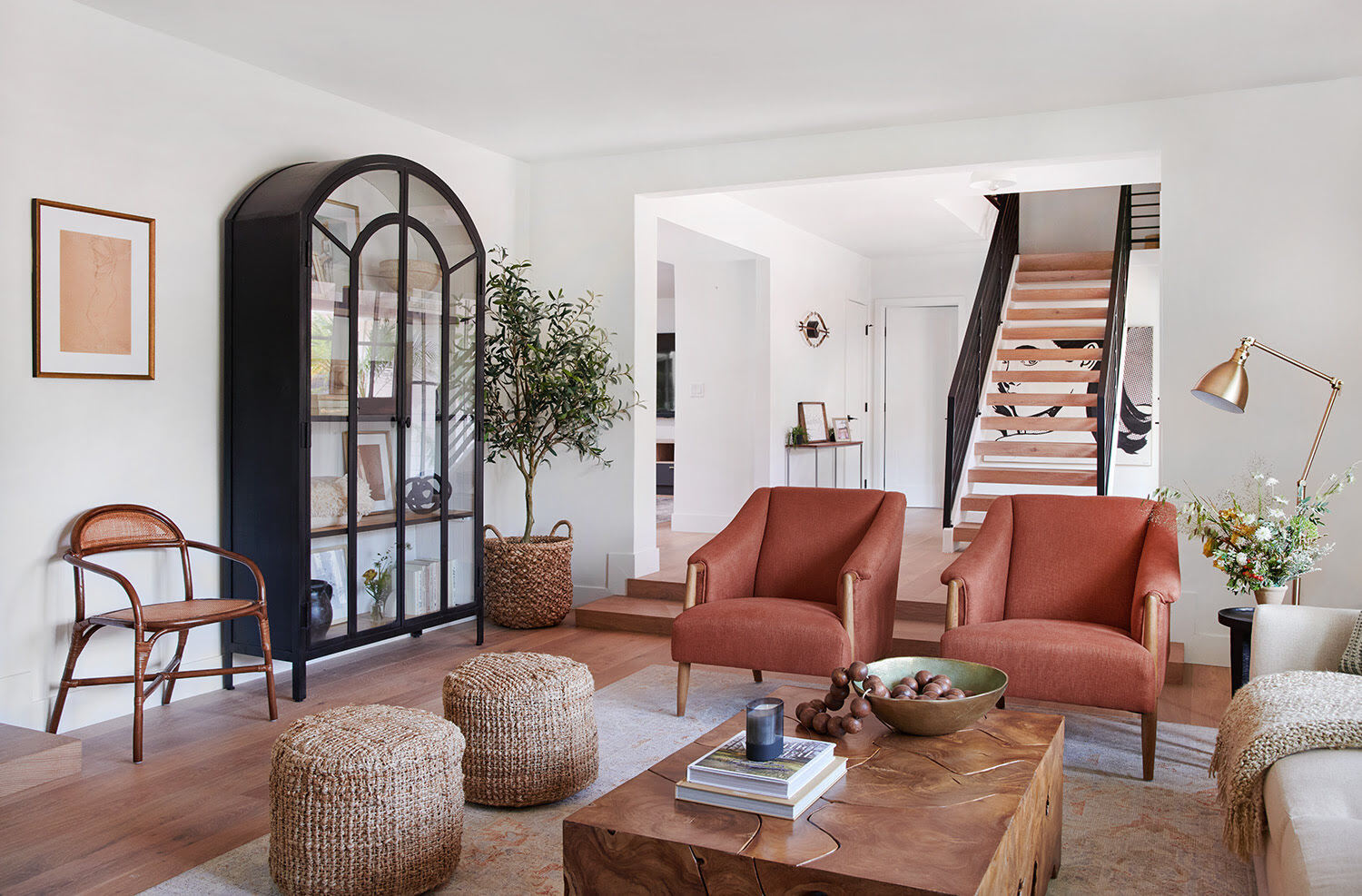
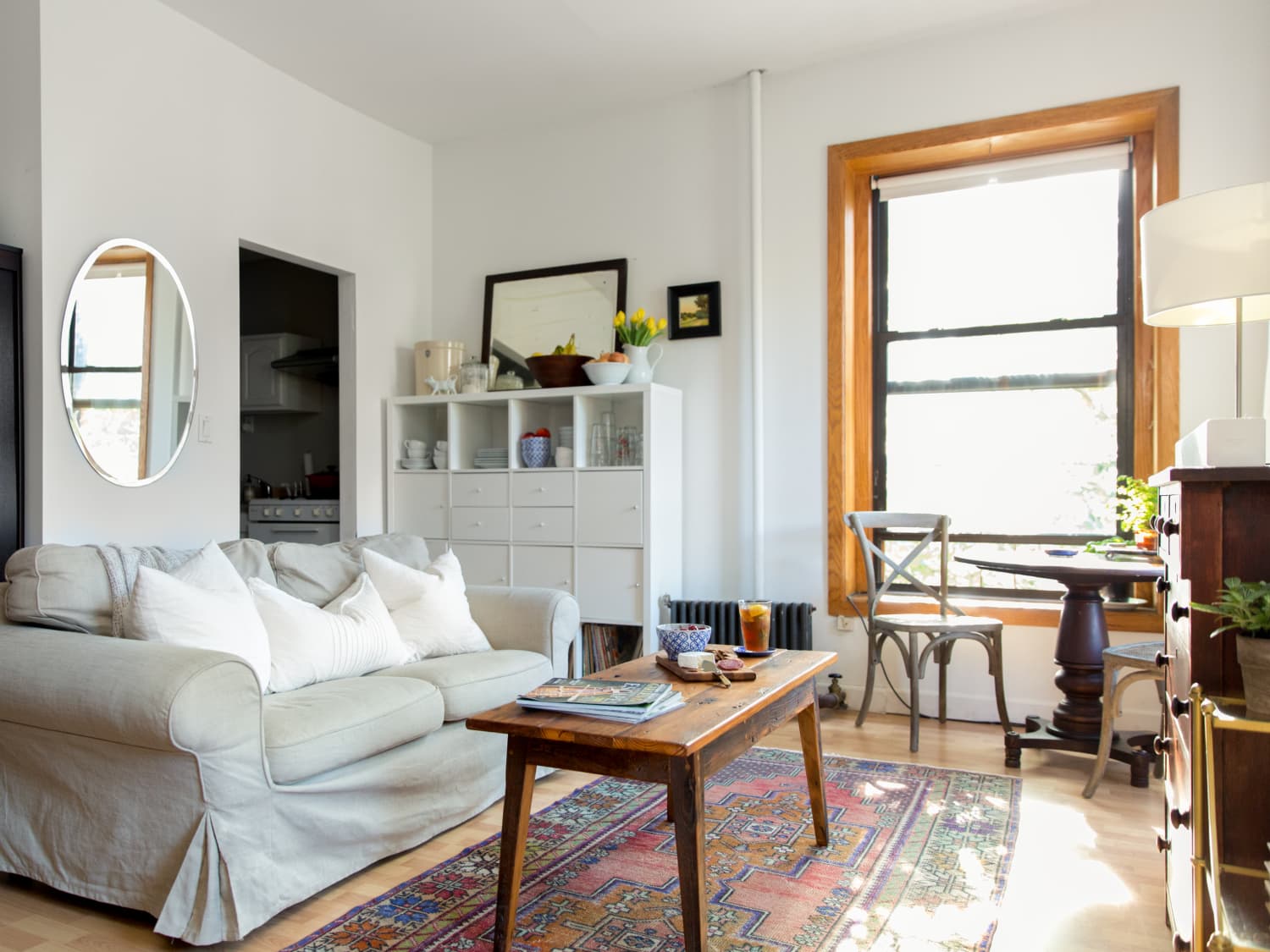
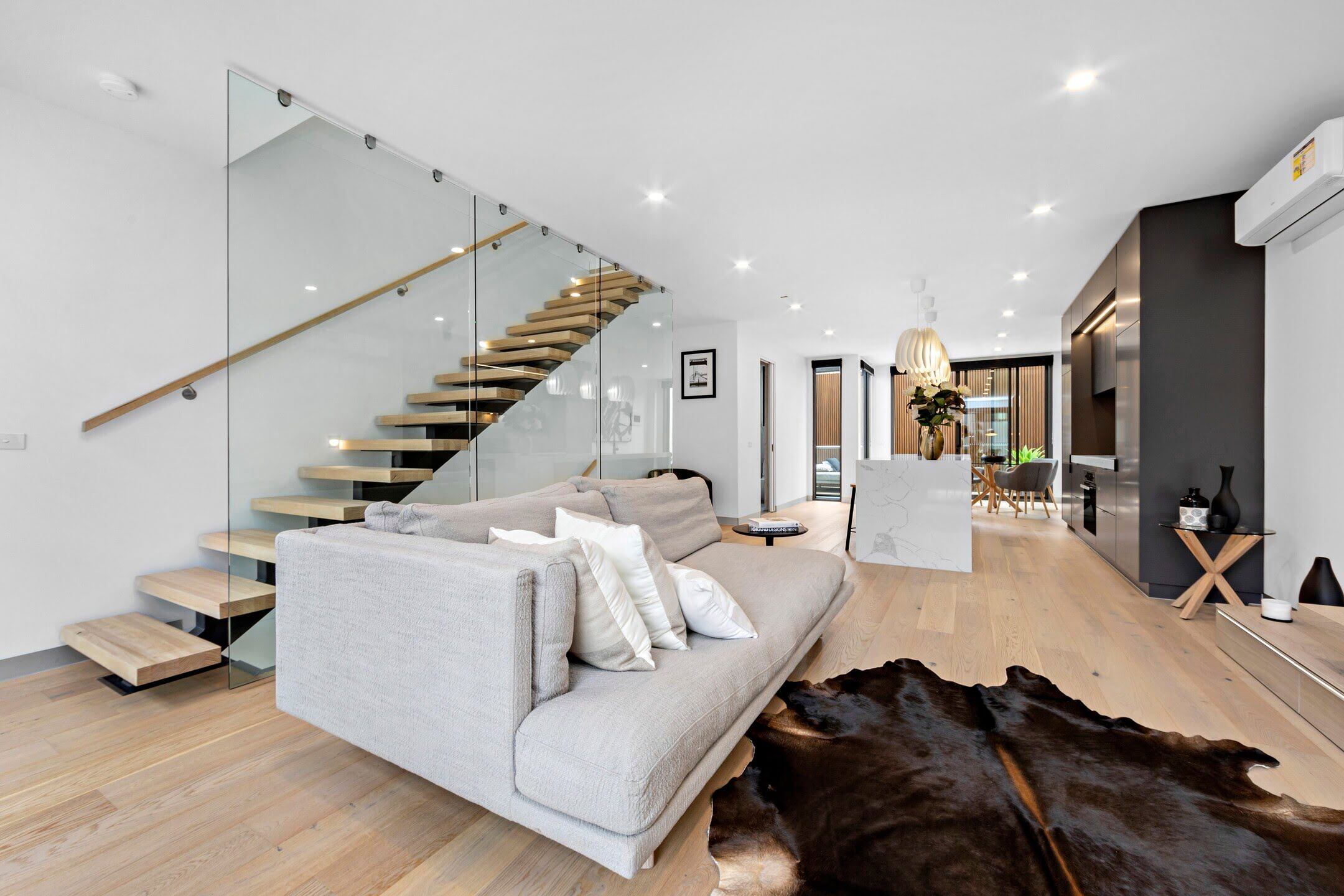
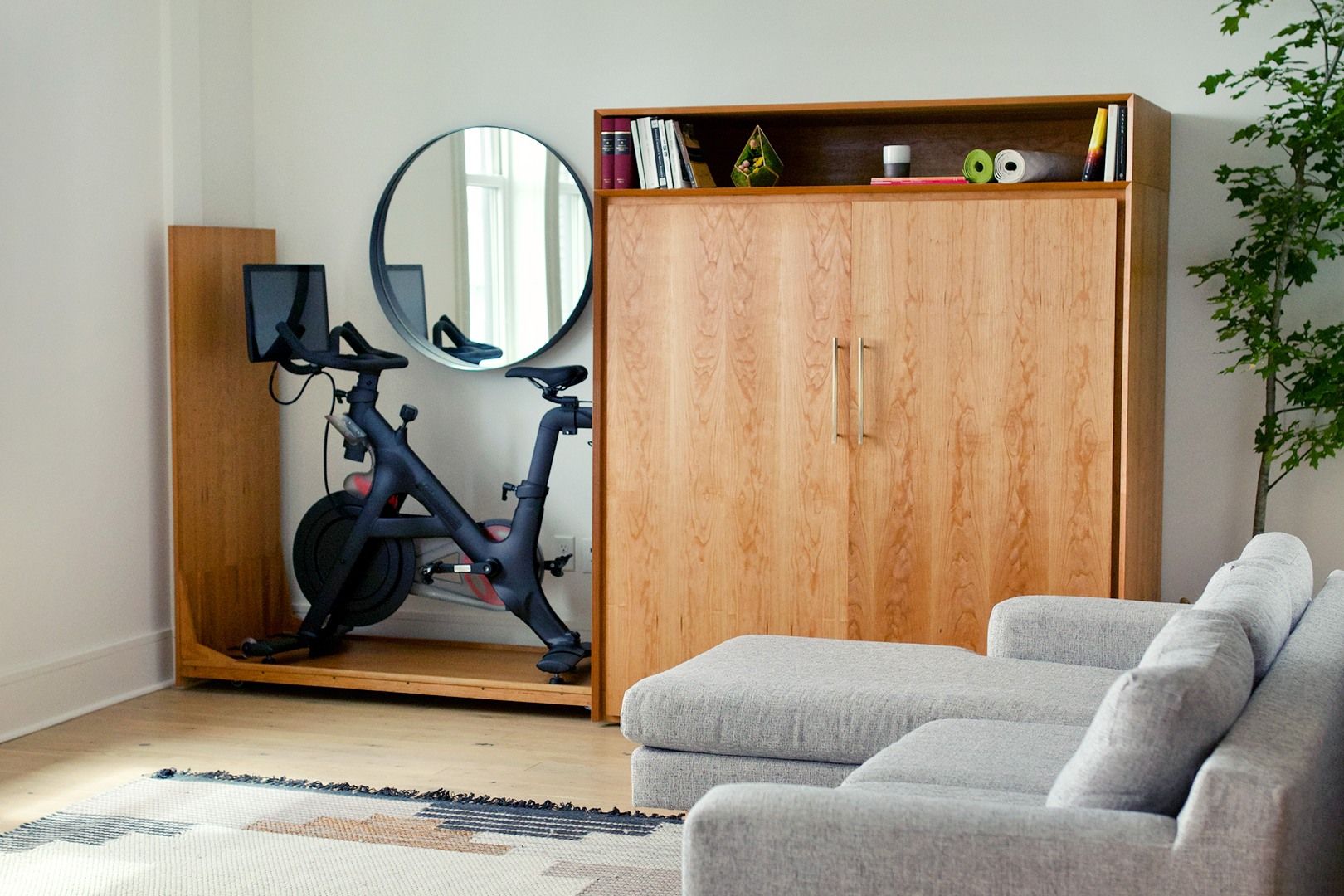
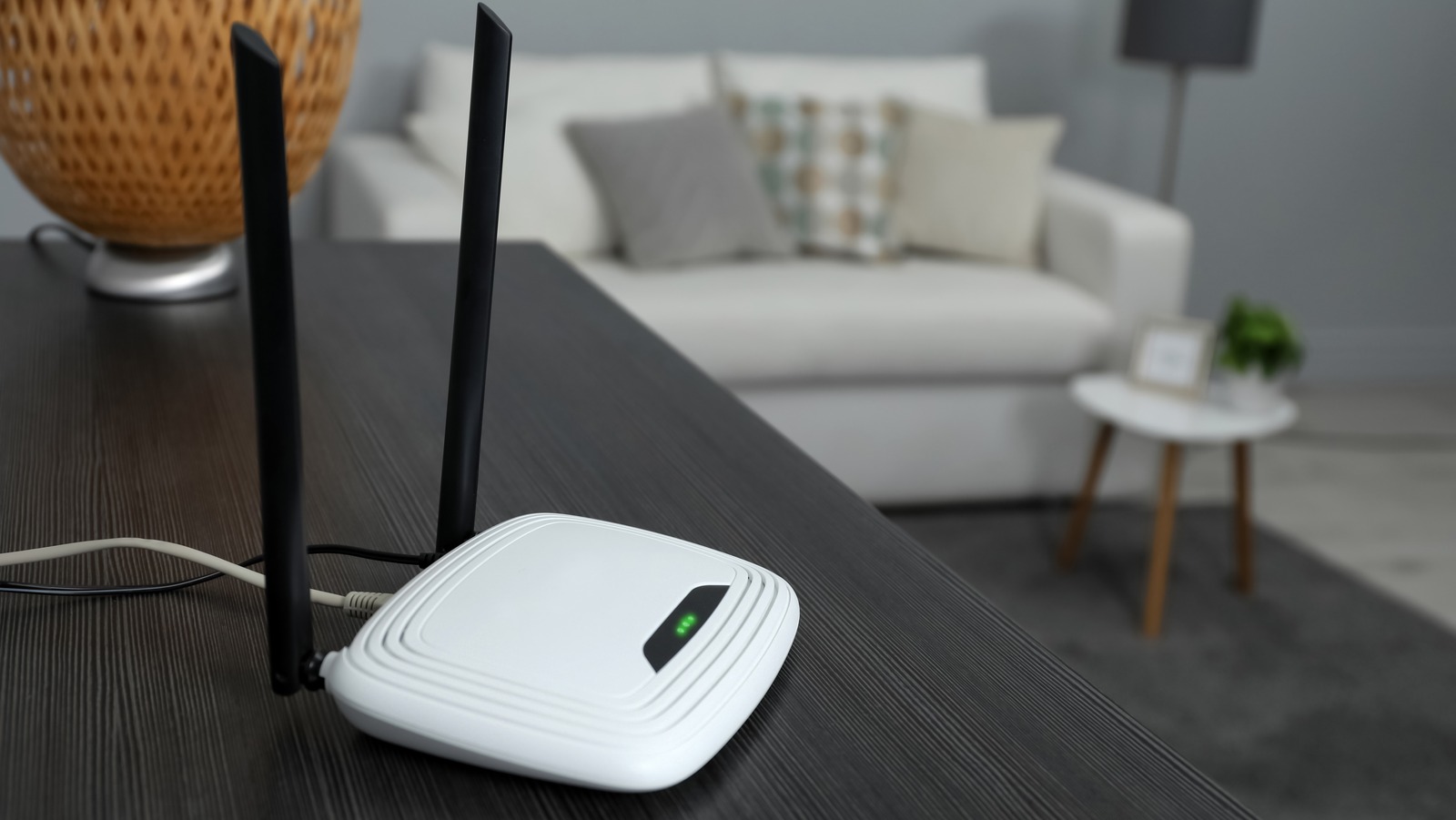
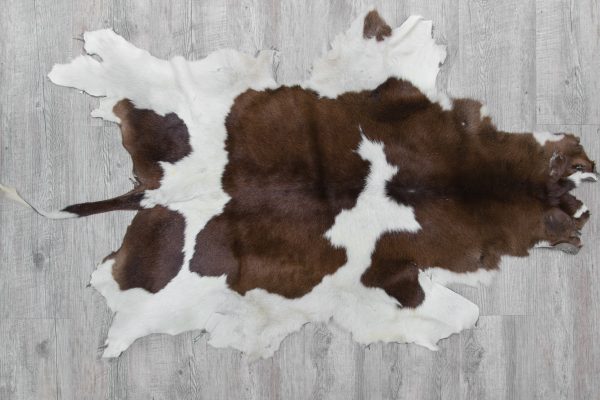
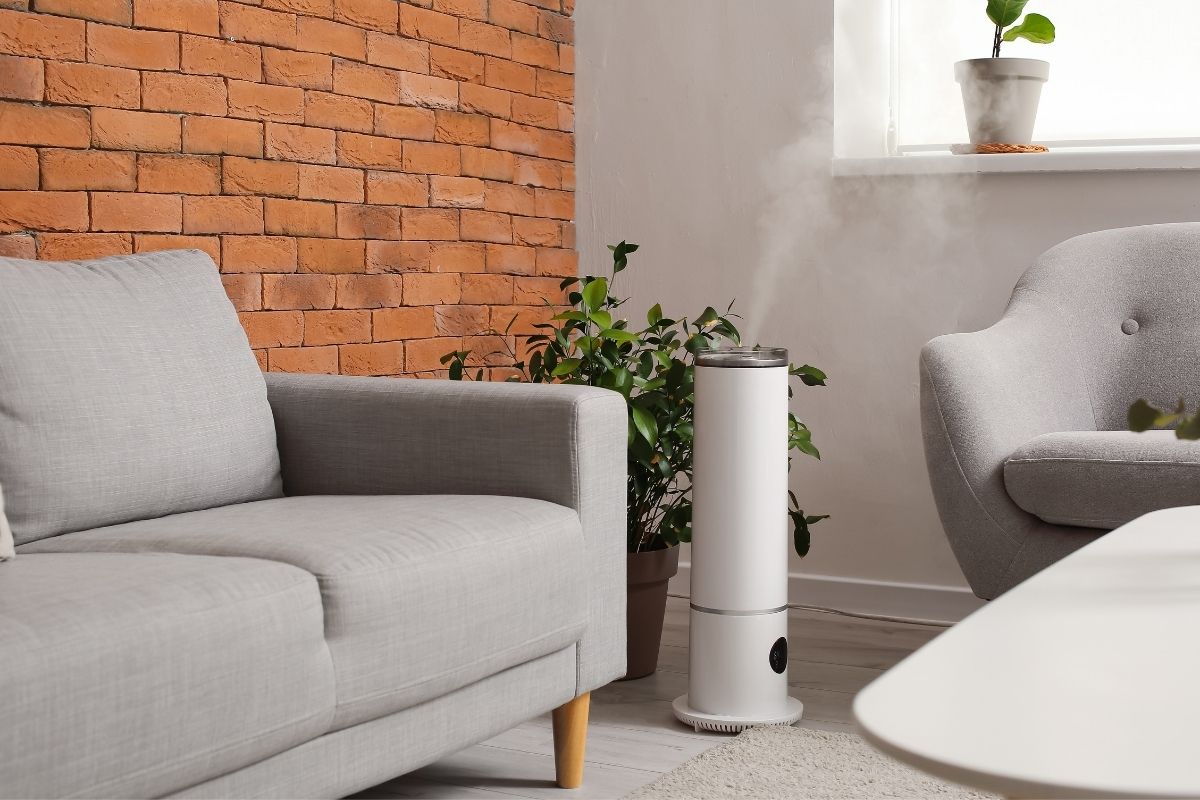
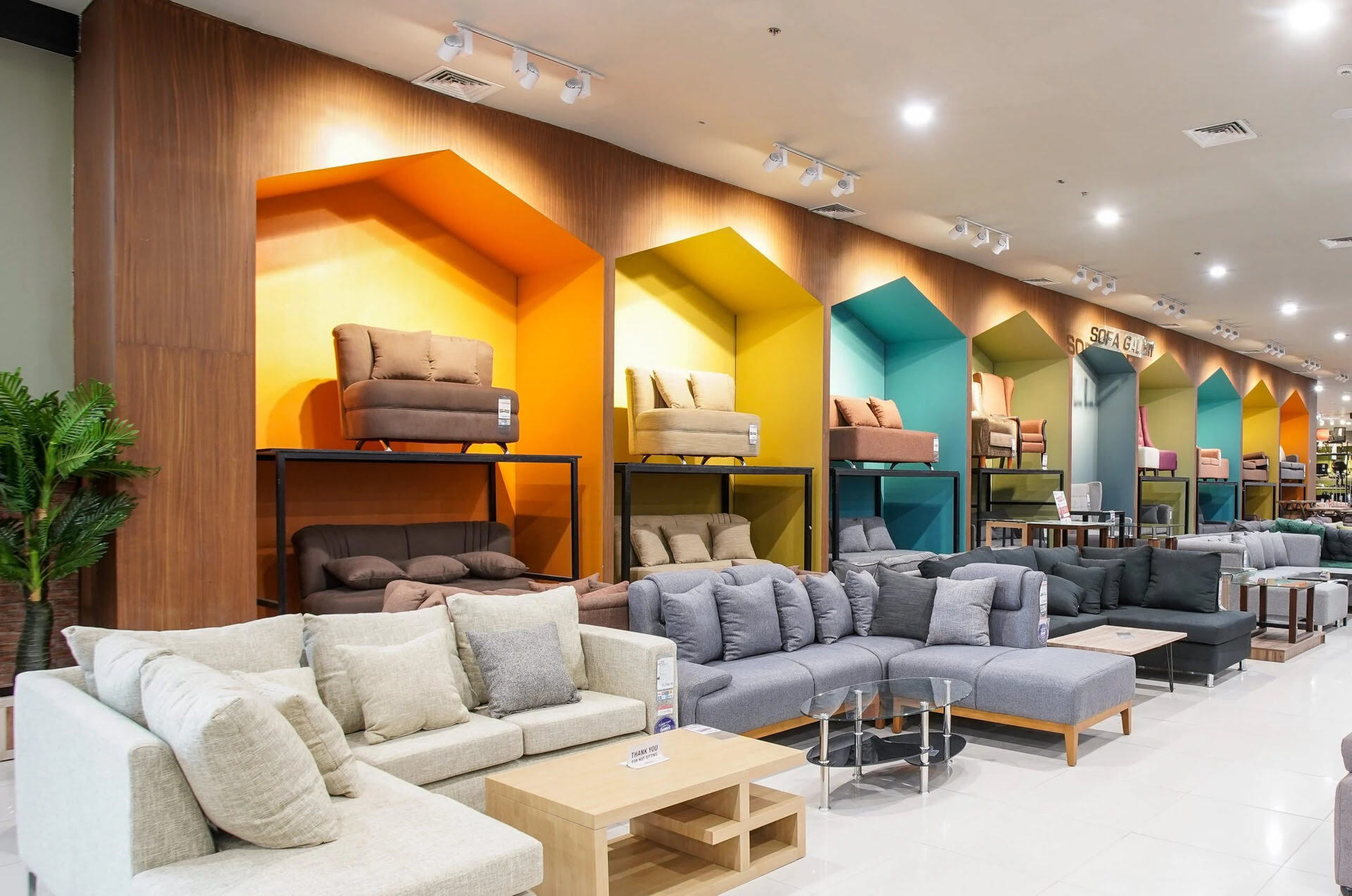

0 thoughts on “Where To Hide A Subwoofer In Living Room”